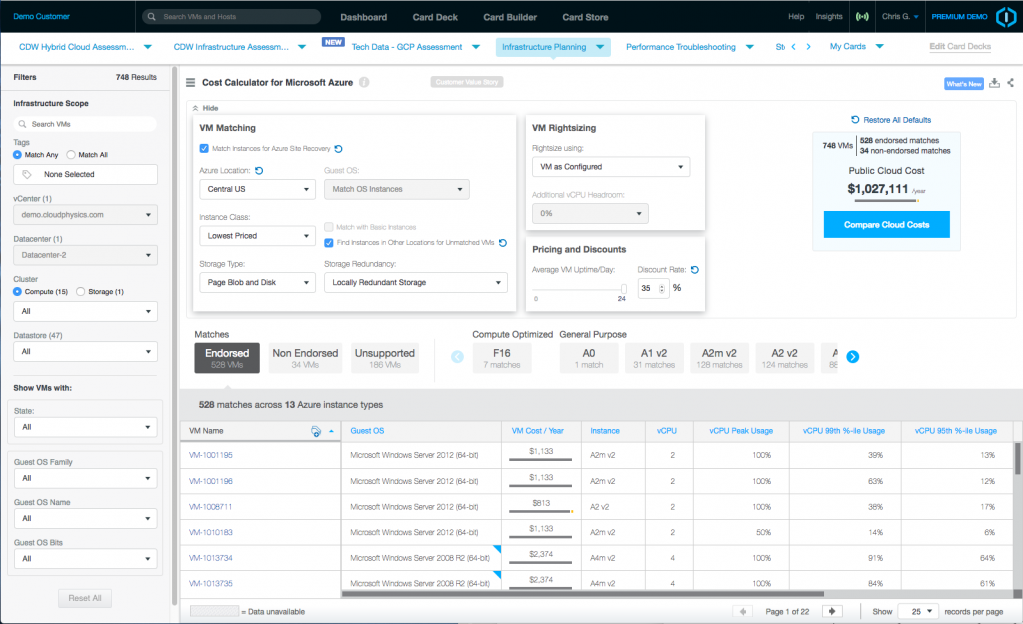

Moreover, Azure automatically forecasts your costs in the near future based on your past usage. In this way, you can see how they compare in terms of costs. In addition, custom tags can be created to label your resources and resource groups according to the department or project they belong to.

By making custom graphs and visualizations, you gain insight into how your expenses are spread out across:
#Azure pricing calculator vs cost management free#
With the free Azure Cost Management + Billing service, cloud spending can be managed and tracked extensively across different resources, resource groups and services. Cost monitoring Create custom cost visualizations with Azure Cost Management + Billing

Once finished and ready for go-live, costs can be re-evaluated to deduplicate environments and focus on processing power to ensure smooth operation during business use. In a further development phase, the amount of environments for testing and validation purposes can be ramped up, together with storage and compute power to speed up the implementation. In some cases, this can even avert companies from continuing their cloud adventures, so start small.

At this point, it is unnecessary to implement an ‘overkill’ setup that will bloat the expenses for your pilot project. In a pilot stage, the scope size and its data are usually rather limited. It should transform together with the development process and the scope of the business case over time.ĭuring development, there are typically a few phases in which changes to the platform are done. It’s important to note that cloud infrastructure is not a one-off rigid asset with fixed characteristics, but rather an organic unit that should grow and shrink as deemed necessary. Be agile and develop your platform in an incremental way This will allow you to manage your budget using a smart and targeted approach. It provides a transparent view on the costs every cloud component brings about. Tools provided by Microsoft, such as the Azure Total Cost of Ownership Calculator and the Azure Pricing Calculator, will help you plan and organize an approach that maximizes value based on the workload and business case of your project. Here are two ways to help you do exactly that. This will reduce the effort you put into cutting unnecessary expenses later on, that you can then allocate to more important facets. Thinking twice about the setup of your cloud environment won’t only decrease expenses, but will give you the budget for valuable improvements involving reliability, security and performance! Using well-known industry best practices, your cost efficiency can be optimized in a passive way. Let’s take a detailed look at both the passive and active ways to reduce cloud costs. What are you doing at this point? Are you taking the passive route by optimizing your initial cloud setup reactively? Or are you actively using the cost-reducing tools that Azure provides. That’s what we call the difference between passive and active cost management. Here’s a thought to get us started: reducing costs in an existing environment of course is great, and we’ll talk about that in a minute, but even better is to incorporate a cost-cutting mindset during development. Luckily, as an Azure data engineer or cloud administrator there are numerous actions to manage your cloud costs at all times. Think about implementation, operational and maintenance costs. But these cloud environments bring about costs that can easily spin out of control if not well managed. Digital transformation is now at cruising speed in most sectors and organizations are moving their enterprise architecture to the cloud.


 0 kommentar(er)
0 kommentar(er)
